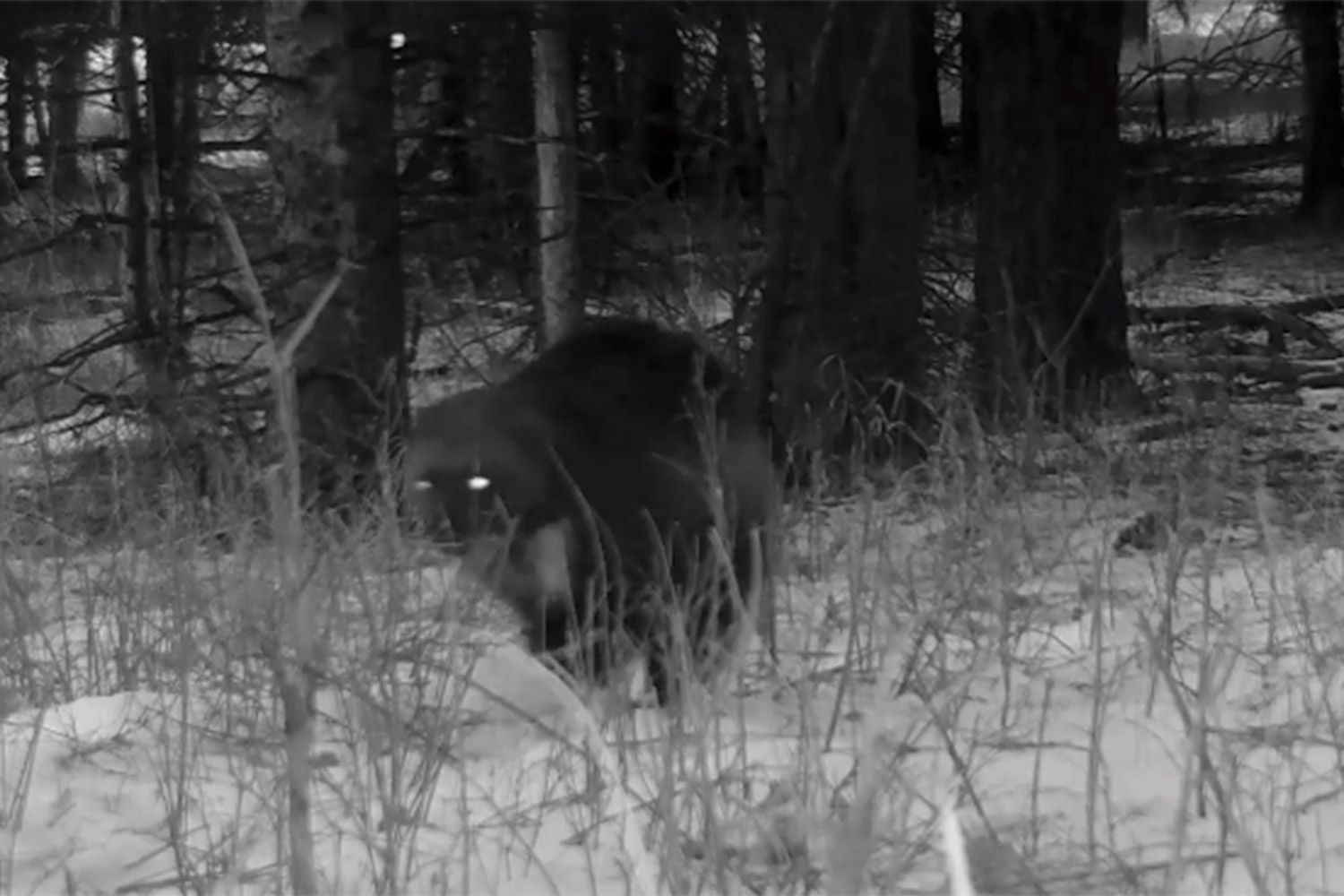One of the "rarest mammals" to inhabit Yellowstone National Park has been caught on a wildlife camera for the very first time.
Park officials announced on Wednesday that animal experts were able to capture footage of a wild wolverine from one of their remote trail cameras located outside of the Mammoth Hot Springs area.
The video, which was posted to Yellowstone's Facebook page, shows the animal running across a snowy, forested area on the morning of Dec. 4.
The sighting was the first time a wolverine was spotted by a remote camera since the equipment was deployed in 2014 to monitor the cougar population, according to the park.
"Last month, park biologists were excited to find one of Yellowstone's rarest mammals triggered a remote trail camera outside the Mammoth Hot Springs area!" Yellowstone said on its Facebook, calling the species "elusive mammals."
"Wolverines (Gulo gulo), mid-sized carnivores in the weasel family that typically occupy high-elevation alpine and forest habitats, exist in low densities in the park and are rarely detected," a description of the rare footage read.
The National Park Service said there have only been seven wolverines — two females and five males — documented in Yellowstone and adjoining forests between 2006 and 2009.
A small population of wolverines currently exist in Yellowstone National Park, though climate change models predict that the species — known to have low reproductive rates — will be limited to living in the Rocky Mountains, the Sierra Nevada range, and greater Yellowstone area by 2050.
Wolverine populations were substantially reduced in the 1930s due to commercial trapping and predator control efforts in the lower 48 states, according to the federal agency.
"Wolverines are so rarely seen and inhabit such remote terrain at low densities that assessing population trends is difficult and sudden declines could go unnoticed for years," NPS said on its website.
"Climate change impacts on wolverine habitat, specifically the likelihood of declining habitat in high elevation snowpack for denning females, had been identified as a chief threat to this species."
Source: Read Full Article
